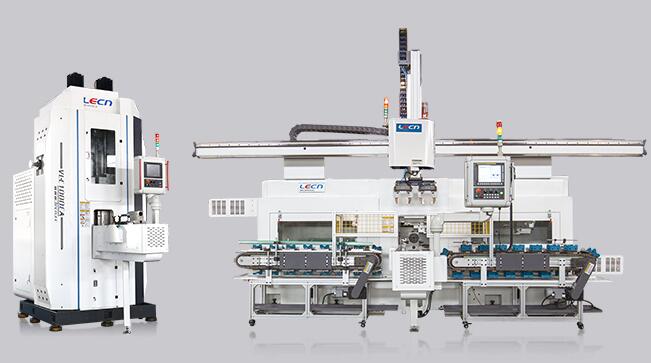What are Plate Rollers Used for?
A plate roll machine is a piece of equipment that is used to roll various types of sheet metal into round, semi round, round with varying radii or conical shapes (some machines specialize in rolling materials back to flat too!). The rolling machine boasts a working mechanism that allows it to bend flat sheet metal into a large arc or cylinder or even a square, an ellipse shape and a multi-section arc. Utilizing a series of precise and strong hardened rolls powered by either hydraulic or mechanical methods, the rolls are brought into a pitching position with the material desired to be shaped. Once the material is firmly held between two of the rolls, a third and sometimes fourth roll is brought into position pushing the material causing the initial bend, or what is referred to as the pre-bend. The rolls then begin to rotate pulling material through the pinched rolls and past the pushing rolls forcing an arc into the material.

What are Plate Rollers Used for?
Sheet rolling machines are used in the production of nearly all types of cylindrical products. Their application extends to a vast array of items including pressure vessels (Heavily used in the Oil and Gas Industries), home appliances, ships, wind power, military arsenal, aerospace and automobile refit.
Since not all rolled metals are created equal, every project may require a specialized type of plate roll machine. Therefore, you should expect to find a vast array of plate rollers in the market. The type of equipment you choose should be based on the complexity and uniqueness of the customer's orders. Some of the standard metal rolling machines include:
· 2 Roll Machines (Ideal for thin, highly repetitive circular rolling)
· 3 Roll Initial Pinch (Most popular design due mostly to cost)
· 3 Roll Double Pinch (Affordable design for heavier bending applications)
· 3 Roll Variable Translating Geometry (Affordable Design for Variable Radii applications)
· 4 Roll Double Pinch (The most versatile of the designs)
· Vertical Rolls (Perfect when rolling very large Radii such as above ground fuel and water storage tanks)
· Automated Cycle & Specialty Rolls (Spiral Duct Rolls, Corrugated Material Rolls etc.)
The two roll plate machines are designed to bend flat sheet metals with a width of up to 8-12” and 12 Gage thickness. This makes them ideal for batch production of thin cylindrical items used in household appliances such as filter canisters.
Three roll sheet rolling machines can be further classified into asymmetrical, horizontal lower roller move type and geometric variable plate rollers. Although all tools in this category operate using different principles, they are all used to bend medium to thick plates. The three-roll sheet bending machines are commonly used not only in general fabricating but also in chemical, boiler, shipbuilding, metal structure, petroleum and machinery manufacturing industries.
The 4-roll plate bending machines are renowned for transforming flat sheet metal into spherical body, cone tube body or other shapes. Four roll plate bending machines are more productive, precise, safer, versatile, and easier to operate than the rest. Once the material is set and pinched the two rolls on either side of the pinched roll do all the work without having to remove the plate and rotate it for pre bending both ends. They can roll up to 8” thick plate steel and are most likely to be outfitted with CNC controllers for variable radii applications and complex shapes such as elliptic and polycentric workpieces. Their greatest advantage is that they can be used on a wide range of sheet metals and can also accept a high degree of automation. They can also be used to roll tube segments, ovals, rounded boxes and other shapes.
评论
发表评论